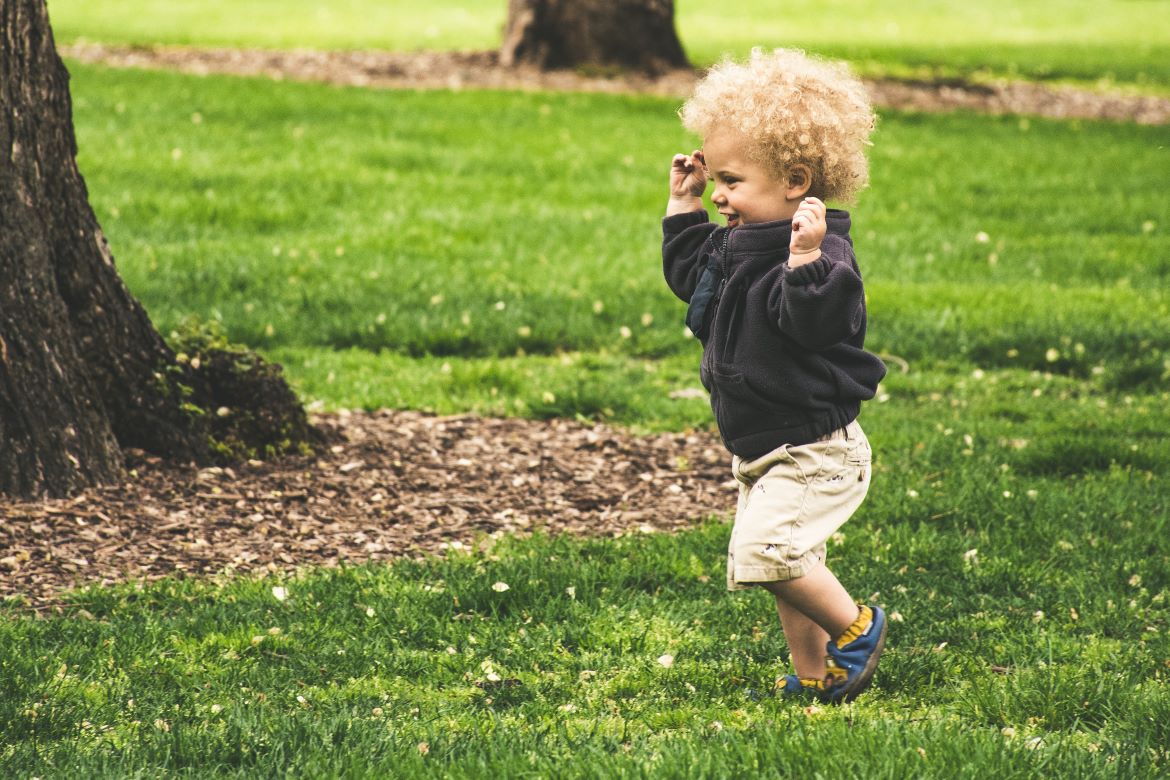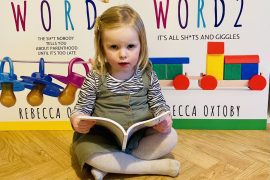By Ainee Cha
A child’s emotional tantrum and meltdown can be frustrating for any parent. It used to send me into a state of panic, especially when I’m in public. I would feel nervous as my heart beats faster while trying to stay calm. Instead of perceiving it to be a disaster, could I turn it around and approach them as opportunities for a mindfulness practice? It may sound a bit optimistic as things are always easier said than done. The truth is yes, it can be done. All it takes is a little more of our willingness and understanding, as this benefits both our sanity and our children’s wellbeing.
Between teaching kids and teens mindfulness and having a 10-year old son and a 16-year old teen girl at home, I’ve seen my fair share of tantrums over the years. I have learned that children are experts at sensing our emotions and if we are tense and anxious, it only makes the tantrum worse.
Tantrums and meltdowns happen for many reasons. They are a form of communication and are usually associated with strong emotions.
While our young ones have yet to learn to communicate their emotions verbally, they express their distress through physical actions such as crying, screaming, kicking, tensing their bodies and it may potentially result in aggressive behavior when our child loses it.
Mummies, you are your child’s navigator. Understanding that tantrums are their way of communicating and expressing their distress when their needs are not met, reflects that we are conscious of the reason these tantrums happen. We can then consciously choose to be a little more mindful, thoughtful and strategic in responding to such situations in public.
3 strategies to stay calm when your panic button is triggered
Reacting to tantrums and rushing to fix them would only make situations worse. We simply cannot fix emotions that arise, and there is no need to fix them either. Just come to realise that our young ones are not trying to give us a hard time but instead, they are merely going through a tough time. With that in mind, we can then be there for them to offer a safe environment and allow them time with compassion while they communicate their feelings.
T – Take a breath
Taking a few deep breaths is a method that works like magic. It allows us to compose ourselves, stay grounded, and bring us into the present moment for us to connect to what is happening right here, right now. It allows our hearts to open and accept what is happening and experience it without judgment.
A – Accept, Attention & Acknowledge
One of the best skills I’ve learned through mindfulness is the ability to focus my attention on situations that occur to “respond and not react.” Children are experts at sensing our emotions and if we are tense and anxious it only worsens their tantrums. When we unconsciously react to their outbursts, we are only magnifying the distress in them and ourselves.
Children need to feel love and acceptance. Our calmness and unconditional love are the key to how they learn in such situations.
By accepting that this is happening and giving our full attention to acknowledge their needs, we are fostering a non-judgemental attitude. We are saying, “It’s okay to feel not okay. Tell me more about how you feel, and what’s going on with you”. We are showing them our interest which is guiding them to navigate their feelings and emotions. With this approach, we are intentionally choosing to “relate” to our child. We are not challenging these emotions but rather articulating our relationship with the emotions that arise. There’s nothing wrong with your child or you in this instance… it is what it is. Giving our attention to acknowledge what is happening can help us find new channels of connections with our child.











